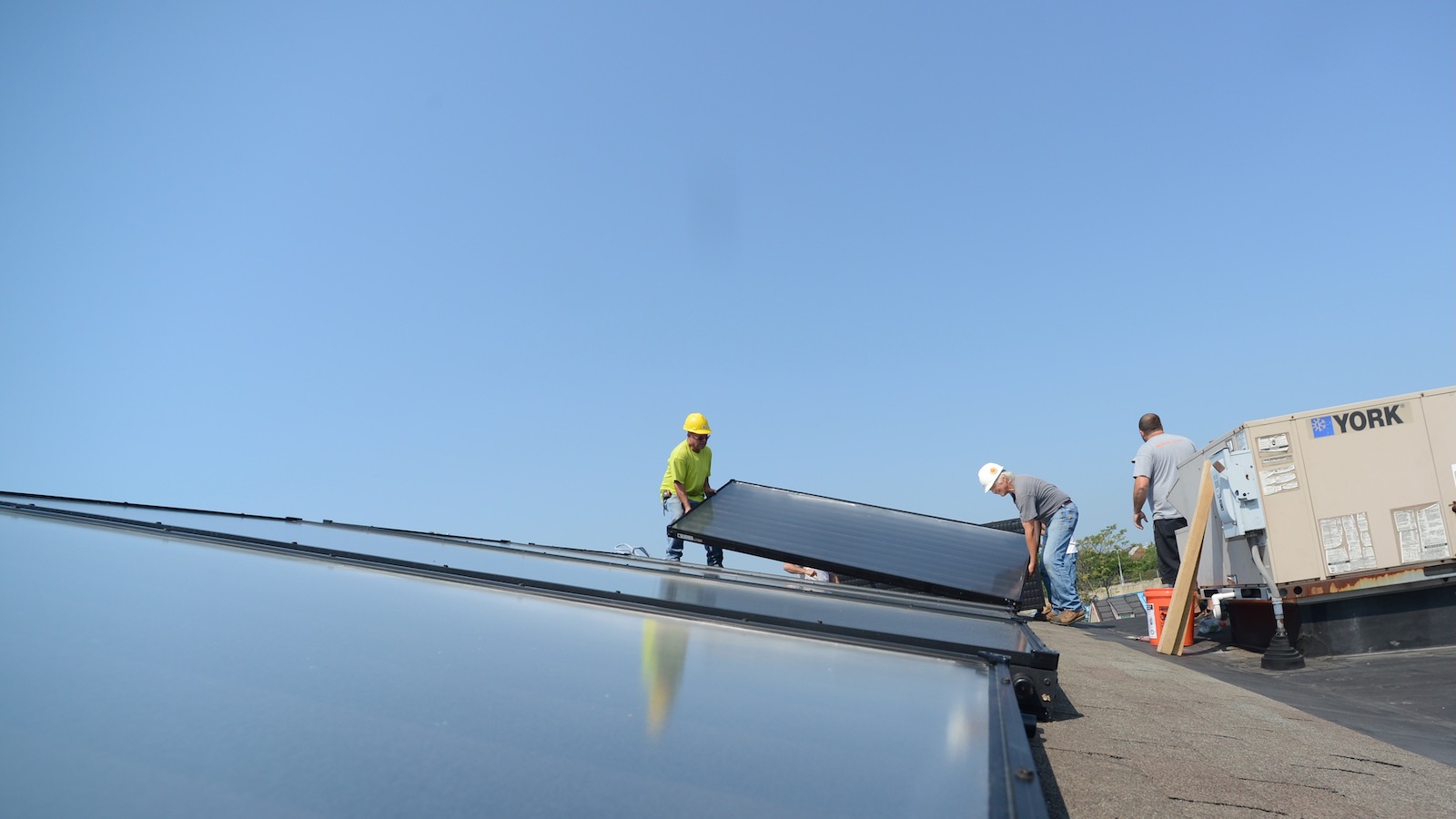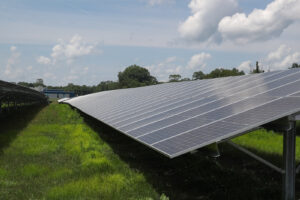
The past five years have been somewhat of a blur for the crew at Energy Concepts Enterprises. The company, which has been installing solar panels in and around Fresno, California since 1992, has barely kept up with demand as consumers have embraced the technology in ever-greater numbers. Each year was busier than the last.
Until 2023, when business declined. According to marketing director Carlos Beccar, sales have dropped from as many as 40 systems a month to 10, or fewer. “It’s been an incredible turnaround,” he said. “We’ve laid off half of our staff and we’re probably not done.”
California is leading what analysts expect to be the first year-over-year decline in residential solar installations since 2017. Energy consultants at Wood MacKenzie expect the state, which accounts for most of the U.S. market, to see a 41 percent drop in 2024. Nationwide, they predict a 12 percent contraction.
“We expect the first half of the year to be quite difficult for installers,” said Zoë Gaston, a principal analyst for residential solar at the firm. She said she has heard of more than 100 bankruptcies across the country.
One culprit is high interest rates, which have made it harder for homeowners to afford expensive solar projects. Gaston said that’s especially true in states that have traditionally seen a greater share of systems bought with loans, such as Texas, which has a 29 percent drop in installs between the third quarter of 2022 and 2023. Leased systems have picked up some of the slack and, excluding California, installations are expected to grow about 4 percent this year — but any growth, should it occur, would be in stark contrast to recent annual growth rates that sometimes exceeded 40 percent.
Beccar says interest rates were also a factor in California’s decline, but a relatively minor one that his company was willing to weather. The much bigger factor was a change in Public Utilities Commission rules that lowered the rate at which homeowners could sell power back to their electricity supplier. The state’s largest utility, Pacific Gas and Electric Co., or PG&E, stated in an annual report that the new rules would reduce compensation for solar new customers by about 80 percent. Wood Mackenzie says the new net metering rates have the payback period for residential systems to nearly triplefrom 5 or 6 years to 14 or 15.
“It’s like they put a brick wall in front of us,” Beccar said, explaining that for many homeowners exploring solar power, the large upfront investment no longer makes sense. While the company was able to get by most of last year installing systems it sold before the change, the lack of new sales has stalled installations and left workers idle. “I think the impact is going to be more serious at the moment.”
The commission argued that the rate change brings compensation for homeowners more in line with the value of the electricity they produce, rather than other customers subsidizing the program. another goal, it said in a statement, was also to encourage the addition of battery storage to residential solar systems. Spokeswoman Terrie Prosper said in an email that battery installations have indeed jumped dramatically, and she argued that payback periods remain in the 5- to 8-year range. Major utilities in the state, including PG&E, lobbied in support of the changes.
Naturally, the utility supported the bill, said Bernadette Del Chiaro, executive director of the California Solar and Storage Association. “They have natural gas in their middle name,” she said. “The Association, together with environmental groups, opposed the net metering overhaul. Del Chiaro says the “cost-shifting” narrative is misleading and that the commission based its findings on flawed modeling, rather than utility bills, with the end result being less solar deployment.
“All of this flies in the face of where America is trying to go in terms of clean energy,” she said.
A number of other states are poised to potentially follow California, such as Oregon and Wisconsin. That worries Thomas Devine, a solar installer who left California after his recent changes. His company still operates in five other states. “It frustrates the hell out of me,” he said. “We cannot afford for it to be spread across the country.”
Gaston expects the nationwide slowdown to be relatively short and the recovery larger than it was after the slump in 2017, which occurred when several companies exited the residential solar business. “There’s a little bit of upside at the end of the year if interest rates come down,” she said, also noting that the Inflation Reduction Act extended the 30 percent credit on solar until 2032. Current headwinds have dampened its effects, she said, but “in 2025 we’ll start to see more of the benefits.”
Beccar is optimistic that his company will survive the downturn, but he hates the term “rebound”. For him, it conjures up images of a basketball bouncing back to almost the height from which it was dropped.
“It’s going to be one of those things where it’s like when you throw those weight balls,” he quipped. “You throw it really hard and it comes back about an inch.”






